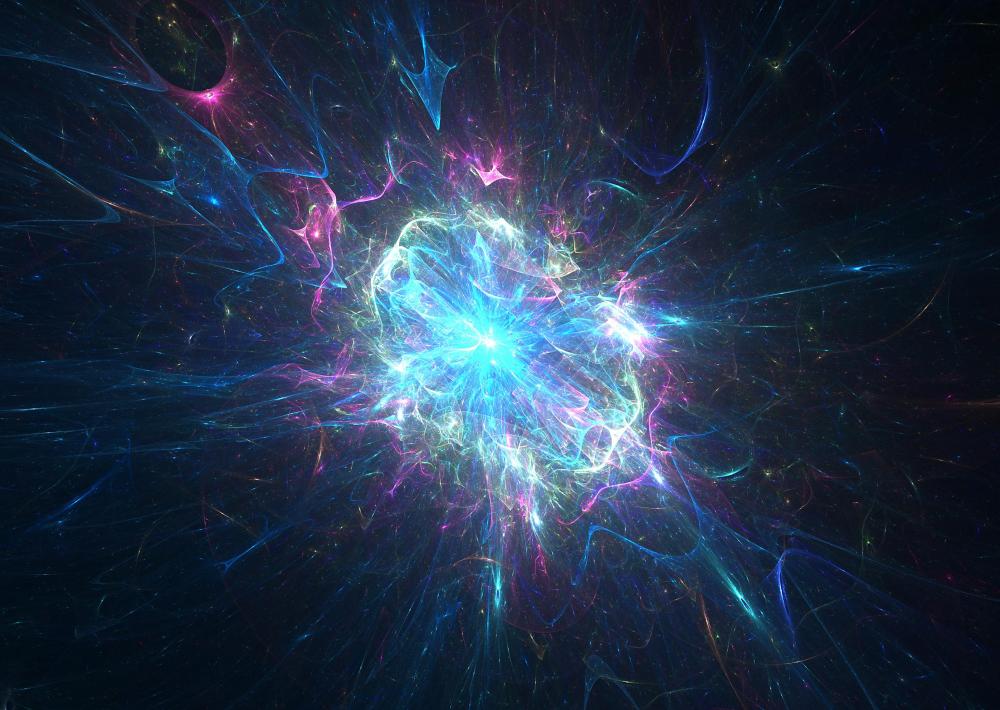At WiseGEEK, we're committed to delivering accurate, trustworthy information. Our expert-authored content is rigorously fact-checked and sourced from credible authorities. Discover how we uphold the highest standards in providing you with reliable knowledge.
What is the Large Hadron Collider?
The Large Hadron Collider (LHC) is a high-energy particle accelerator. The accelerator is funded by the European Organization for Nuclear Research, the world's largest particle physics organization, and passes through both France and Switzerland. The Large Hadron Collider is the world's most powerful particle accelerator, and is capable of colliding protons at energies up to fourteen trillion electron volts, as well as heavier particles, such as iron nuclei. It is hoped that the experiments done at the Large Hadron Collider may help resolve fundamental physics questions, such as the nature of mass, and the existence of extra dimensions.
The Large Hadron Collider is located in an underground circular tunnel with a circumference of about 10.5 miles (17 km), once used to house an earlier particle accelerator. Particles are injected into the tunnel at high speeds in opposite directions, and are then accelerated by powerful magnetic fields. Keeping the particles in a beam, while they are circulating around the tunnel at close to lightspeed, is quite difficult; large, superconducting magnets are needed to provide the necessary force. When two particles collide, the kinetic energy of the particles goes into creating a panoply of exotic, short-lived collision products.

The Large Hadron Collider incorporates six different detectors, with the goal of discovering what these new particles are, and how they behave. Many particle physics theories predict that the Large Hadron Collider will be powerful enough to create new particles, such as the Higgs boson, or supersymmetric partners to common particles. If these particles are detected, they will confirm our present theories about the structure of the universe; unexpected particles, not part of any current theory, may also appear.

There are concerns that the Large Hadron Collider may create a particle, such as a stable strangelet, which could cause a chain reaction in ordinary matter and end up destroying the Earth. There is no single, unified theory of particle physics, and some theories suggest that this may be possible, while others rule it out entirely. The Earth has long been exposed to cosmic ray radiation, which has far more energy per particle than anything produced at the Large Hadron Collider; however, these rays may have different properties than the protons used in physics experiments.
AS FEATURED ON:
AS FEATURED ON:












Discuss this Article
Post your comments